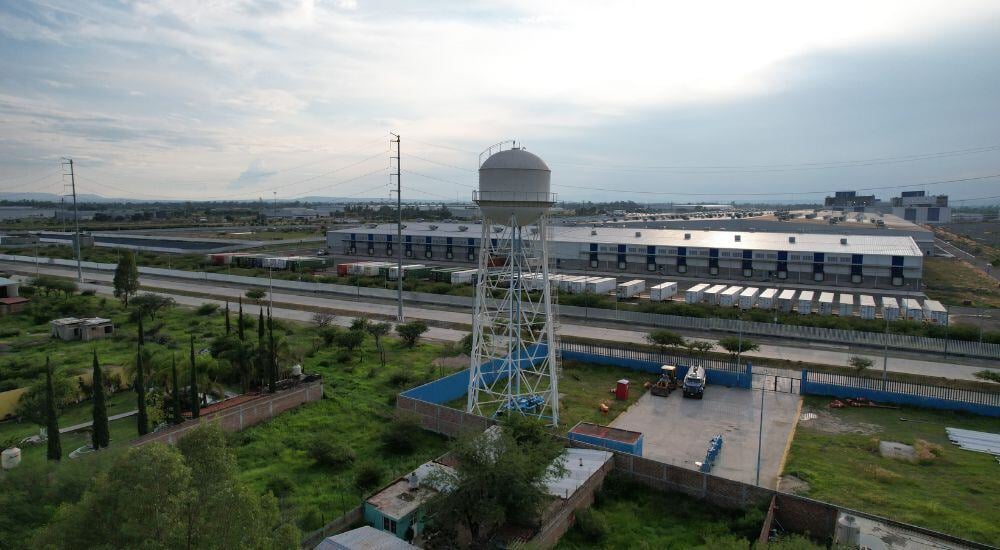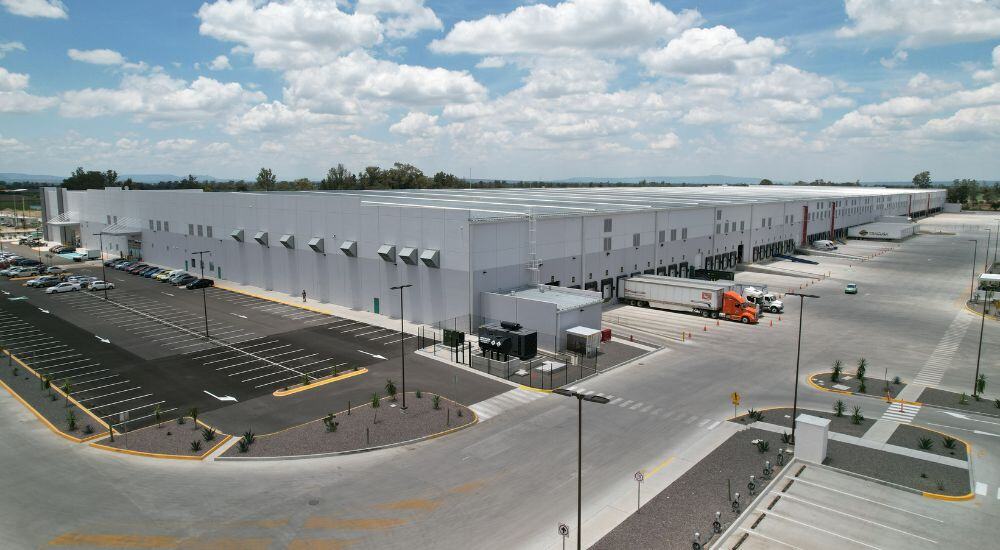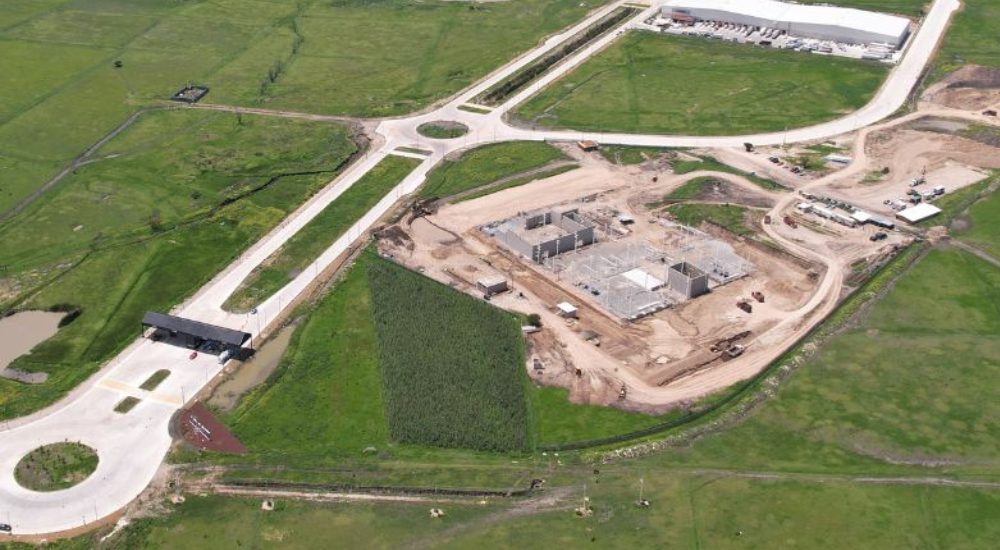Smart industrial parks powered by digital twins and data-driven decisions
25/09/2025Digital twins are transforming industrial parks in Mexico by enabling the creation of virtual replicas powered by ready-to-use data, optimizing critical functions such as predictive maintenance, automation, and AI-driven decision-making.
Beyond remote monitoring, this technology drives hyperconnected industrial systems that integrate operations, sustainability, and scalability, with tangible benefits: higher efficiency, lower risk, and improved return on investment.
In a context where digitalization, sustainability, and energy efficiency are strategic priorities, digital twins are emerging as a key competitive advantage for the industrial sector.
From static replicas to intelligent systems: the evolution of digital twins for industrial parks
In their early stages, a digital twin was simply a static virtual replica of a physical asset, such as a machine, building, or system, used for monitoring purposes.
Today, thanks to the integration of IoT, advanced analytics, artificial intelligence, and machine learning, digital twins have evolved into active platforms that predict, recommend, and execute actions in real time. They now enable key functions in industrial environments such as:
- Predictive maintenance: early fault detection to reduce unplanned downtime.
- Operational simulation: “what-if” scenario analysis to optimize technical and financial decisions.
- Intelligent autonomy: automatic adjustments in energy consumption, logistics, or production flows.
- Immersive interactivity: integration with augmented/virtual reality for training, remote supervision, and testing complex scenarios.
Beyond operational efficiencies and cost savings, this evolution positions digital twins as a strategic tool to meet ESG goals, optimize industrial supply chains, and enable collaborative operations between companies.
The strategic role of digital twins in smart industrial parks
1. Energy efficiency
Industrial spaces are known for high energy consumption, driven by operations as well as HVAC systems, machinery, lighting, and internal transport.
Implementing digital twins in industrial parks enables the optimization of these resources, leading to significant reductions in operational costs, emissions, and energy use.
According to the World Economic Forum, improving energy efficiency could cut consumption by up to 31%, translating into global savings of up to $2 trillion annually by 2030.
2. From independent operations to connected ecosystems
In a traditional industrial park, each facility or company operates in isolation, with siloed information on energy use, climate, maintenance, and production.
A park-level digital twin acts as a central brain, integrating real-time data from all assets to optimize shared services such as energy, water, internal transport, or telecommunications.
When multiple companies within the same park use interoperable digital twins, it enables energy coordination, cluster-level load balancing, and new models for shared data governance.
This paves the way for more efficient, resilient, and sustainable operations.
3. Sustainability and strategic investment
Implementing digital twins also provides continuous visibility into ESG indicators.
This transforms industrial parks into more than just operational spaces—they become smart investment destinations aligned with the requirements of global companies demanding high standards across their supply chains.
In Mexico, especially in the manufacturing sector, ESG criteria are gaining increasing relevance in real estate decisions. According to Mexico Industry, 77% of investors plan to continue applying them across all their operations.
The adoption of disruptive technologies is gaining ground
According to Solili, by the end of 2025, one in four global companies is expected to use digital twins in their operations.
Additionally, nearly 75% of industrial companies investing in the Internet of Things (IoT) are also allocating resources to this technology, solidifying it as a strategic pillar of digital transformation.
Adopting digital twins in industrial parks enhances the real estate asset’s value proposition, reduces regulatory risks, and strengthens competitiveness in response to the demands of global supply chains.
The key differentiator for today’s industrial parks
In Mexico, some industrial spaces are already integrating this technology in a rapidly expanding market, where the demand for advanced solutions is accelerating. Digital twins are becoming the core of the next generation of smart industrial parks.
At Frontier, we develop industrial spaces with digital architecture, innovative services, and ongoing support, ensuring a gradual and effective adoption of technology.
Our goal is to boost your business efficiency and enhance competitiveness with next-generation solutions.
If you're looking for top-tier industrial spaces, we invite you to explore our portfolio of industrial parks in Mexico and contact us to discover how we can help you optimize your operations with cutting-edge infrastructure.
You might also be interested in reading how Artificial Intelligence is transforming nearshoring and the real estate market in Mexico.







